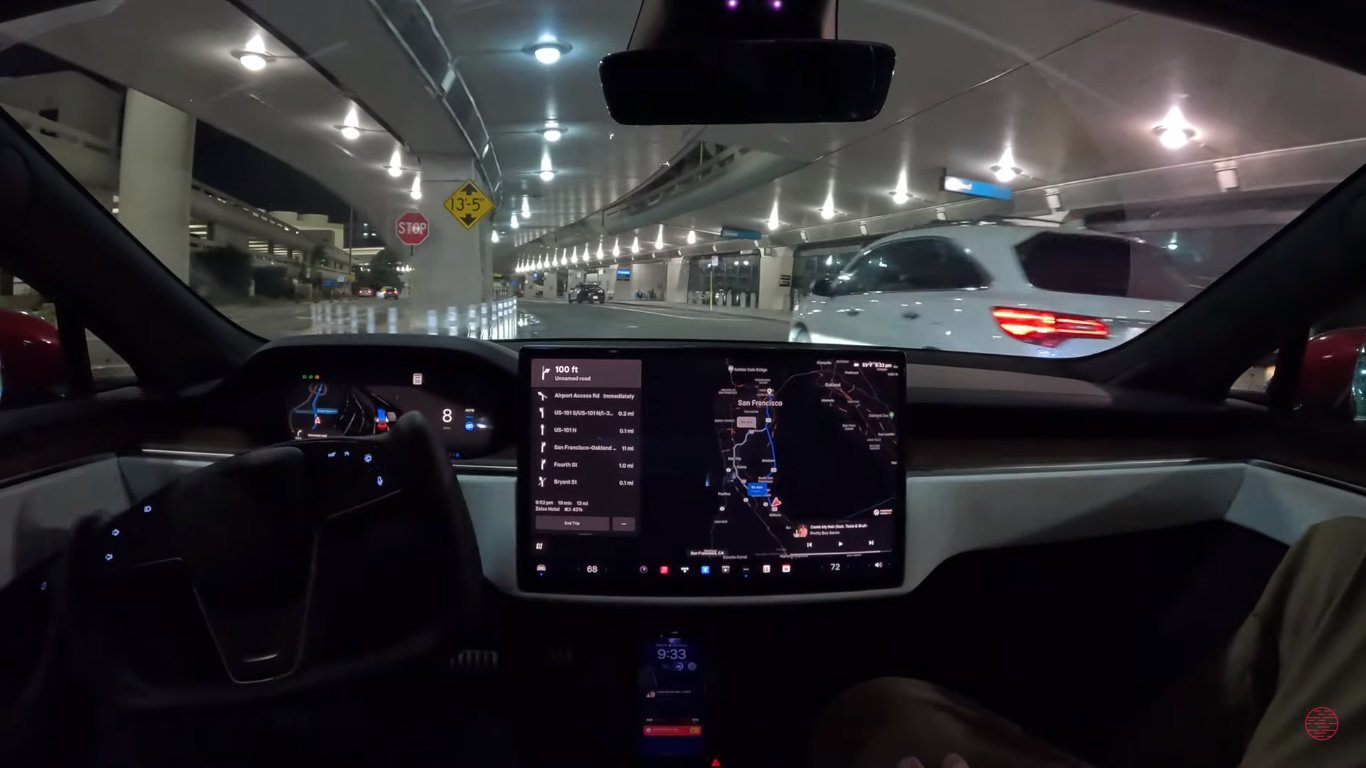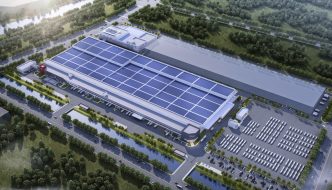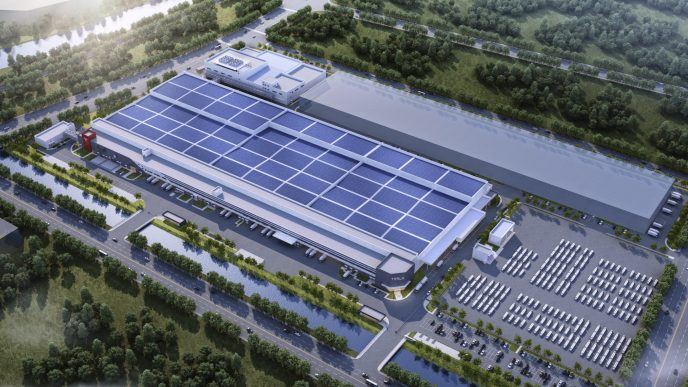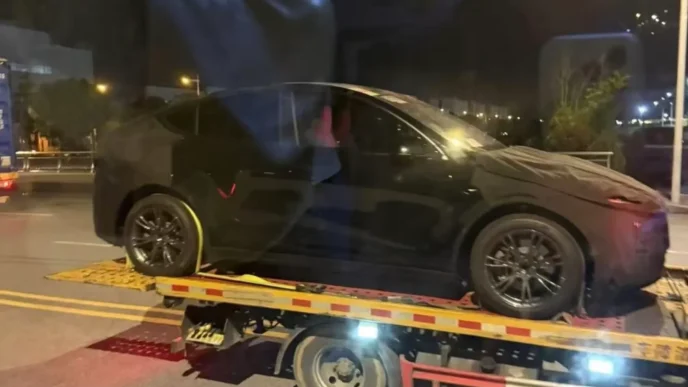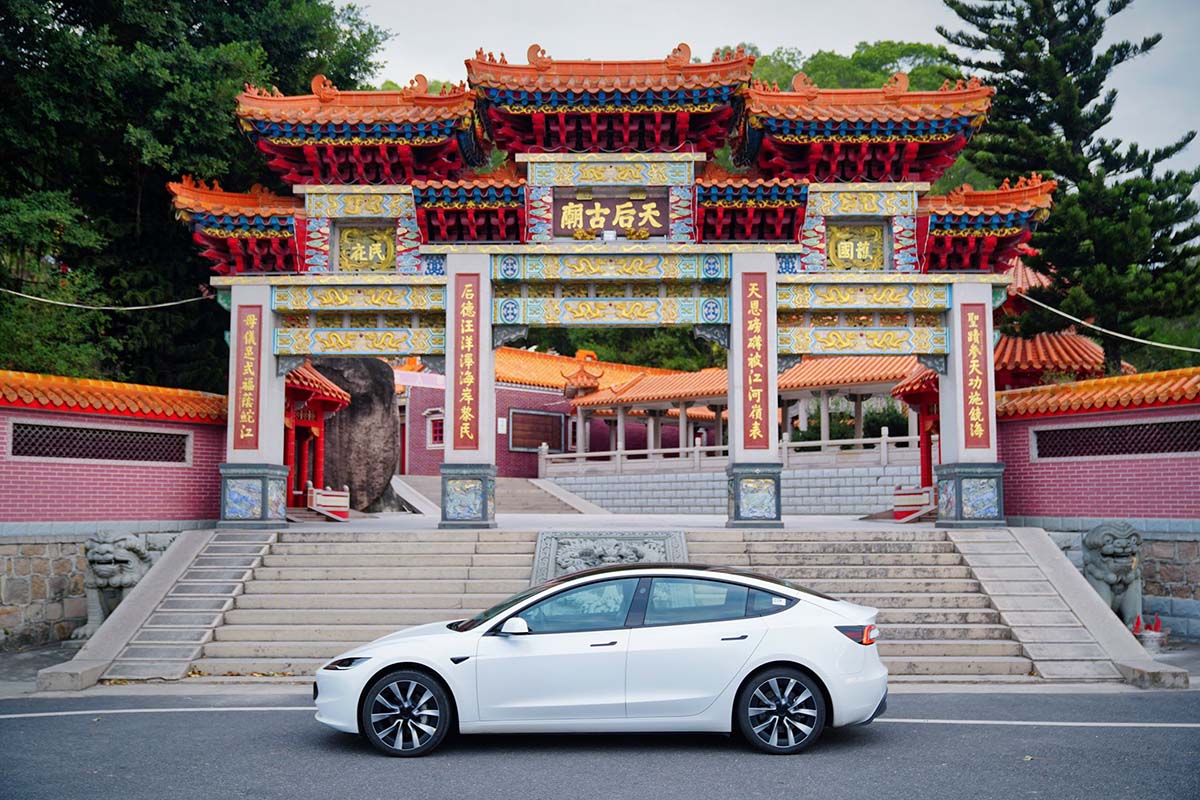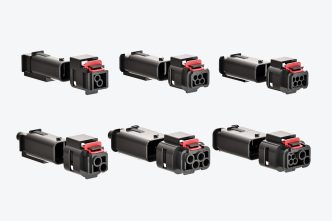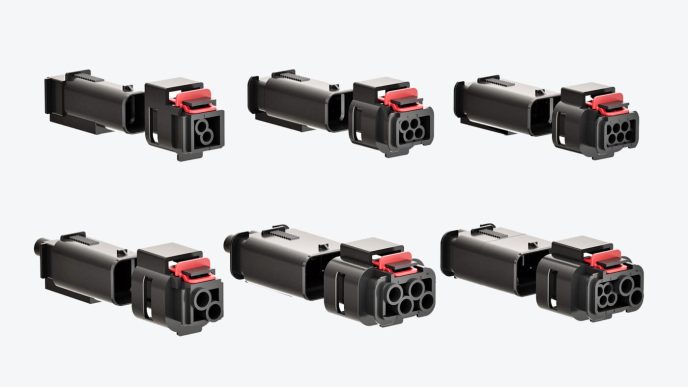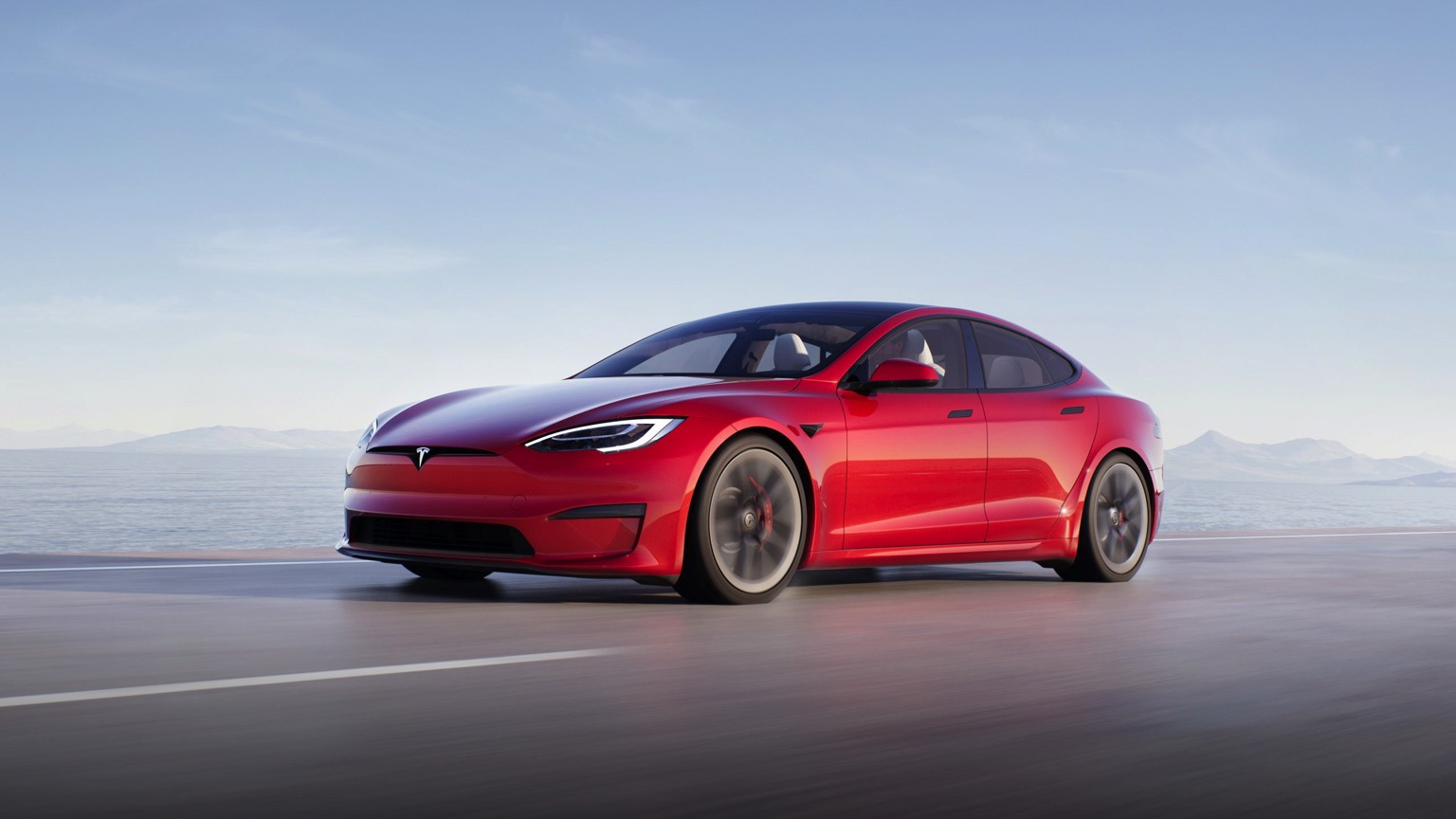During a recent conference call discussing Tesla’s Q3 2024 financial results, CEO Elon Musk acknowledged that the HW3 computer system in millions of Tesla vehicles might not support the full self-driving (FSD) capabilities the company has promised.
When asked about achieving unsupervised self-driving on HW3, Musk stated, “We are not 100% sure. HW4 has several times the capability of HW3. It’s easier to get things to work on HW4, and it takes a lot of effort to squeeze that into HW3. There is some chance that HW3 does not achieve the safety level that allows for unsupervised FSD.”
This admission follows ongoing concerns about Tesla’s ability to deliver on its FSD commitments. Currently, the HW3 system utilizes two neural network (NN) nodes, with one initially intended as redundancy. This setup complicates efforts to reach the promised levels of autonomy.
Musk indicated that if it is confirmed that HW3 cannot support FSD, Tesla would provide free upgrades to customers who purchased the HW3 FSD package: “If that turns out to be the case, we will upgrade those who bought HW3 FSD for free. And we have designed the system to be upgradable.” However, he clarified that HW3 cannot be upgraded to HW4 due to significant differences in power requirements, camera systems, and hardware design, noting that “it wouldn’t make sense” to attempt such an upgrade.
While Musk stated that HW3 cameras are “capable,” he also pointed out that HW4 cameras feature about five times the megapixels of HW3 cameras, suggesting that compute power is a key issue in achieving the desired level of automation.

